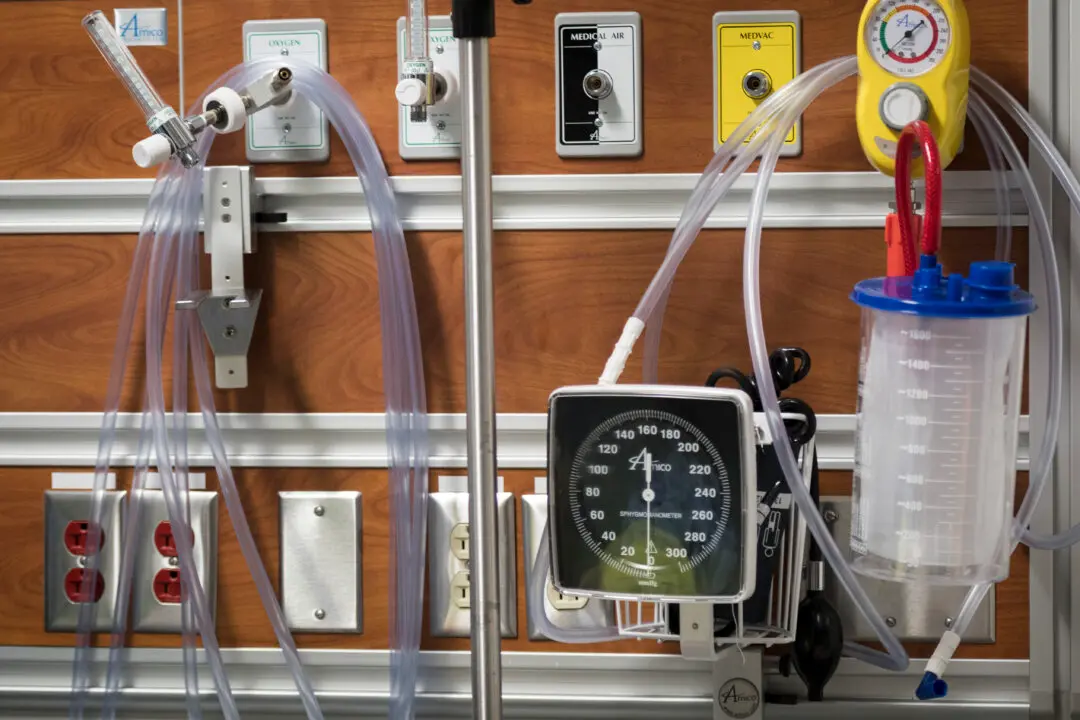Procurement Minister Jean-Yves Duclos says the Liberals see turning federal assets into affordable housing as an integral part of fixing Canada’s shortage.
Duclos said in a recent interview that there is a need to repurpose office space into housing, as the federal government lets go of some properties in the National Capital Region.
He said his government has already started to convert other federal properties into modern housing projects, and it will continue to do more.
The procurement minister cited a $200-million fund that the government launched through the Canada Mortgage and Housing Corp. in 2018 to develop or renovate federal assets into affordable, accessible and socially inclusive housing.
One of the projects supported by that fund is the Mikinàk affordable housing development in Ottawa, a three-building rental complex slated to offer 271 affordable units to mixed-income tenants starting in 2024.
The funding for the project went to Ottawa Community Housing, a local non-profit providing around 15,000 homes to 32,000 people in the city.
During a tour of the Mikinàk development construction site, Duclos lauded the project as “an example of a federal land being transformed into community housing.”
The development is located on a 310-acre site known as Wateridge Village, which was a Canadian Armed Forces property primarily used as military housing until it was decommissioned in 1994.
Canada Lands Company bought the site from the Department of National Defence in 2011. It now plays host to three affordable housing projects, including the Mikinàk development.
The housing hub is expected to feature around 5,300 units in total—2,000 of which are to be affordable—as well as 10 public parks and three schools, with a completion date between 2029 and 2031.
Duclos also said a shift in work habits during the pandemic has generated an opportunity to convert office buildings, including government space, into housing.
He said there’s a need in Ottawa—where 10 government buildings are being disposed of and office vacancy rates are soaring—to repurpose office space into housing for people who want to be downtown near centralized services and public transit.
“The downtown of Ottawa needs to be revitalized,” said Duclos.
He said he is going to meet with the city’s mayor “soon,” along with Treasury Board President Anita Anand and Housing Minister Sean Fraser, “on how we use federal leadership and federal presence in the capital city so that we make more homes available for younger Canadians.”
Duclos said the government continues to see immigration as another variable when it comes to erasing Canada’s housing deficit.
“We need to do the two things at the same time,” he said.
“Because our population is aging, we need new immigrants, people from outside Canada, to be teachers, to be nurses, to be doctors, to be looking after our seniors in old-age homes.”
Duclos also said immigrants are needed to fill construction jobs.
His comments, which echo similar arguments from other Liberal ministers, come as some raise concerns about the government’s target to bring in 500,000 immigrants per year by 2025 as it relates to the housing crisis.
Critics say Canada doesn’t have the housing capacity to accommodate that many newcomers.
A late July report by TD Bank economists said “continuing with a high-growth immigration strategy could widen the housing shortfall by about a half-million units within just two years.”
Still, Duclos said he is confident his government will do enough to create more homes while supporting its ambitious immigration goals.







